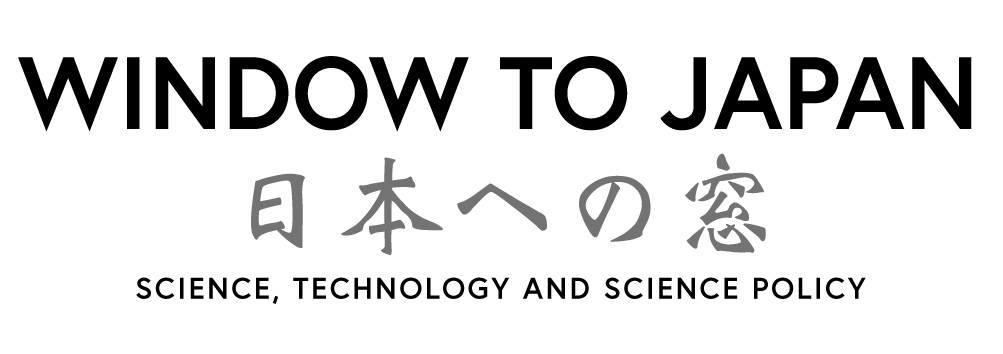The group of Nanobu NODA at NARO’s Institute of Vegetable and Floriculture Science in Tsukuba succeeded to generate chrysantemums of a natural blue color when they overexpressed the Canterbury bell gene encoding flavonoid 3′,5′-hydroxylase (F3′5′H), the key enzyme for delphinidin biosynthesis, and a gene encoding for UDP–glucose:anthocyanin 3′,5′-O-glucosyltransferase from butterfly pea. As shown earlier by Florigene in Australia, 3′,5′-diglucosylated delphinidin-based anthocyanins exhibit a violet color under the weakly acidic pH conditions of flower petal juice, and transgenic roses and carnations based on this mechanism have been developed in Japan and elsewhere. It seems that a true blue color can only be achieved through intermolecular association, termed “copigmentation,” of delphinidin with flavone glucosides in planta.
https://advances.sciencemag.org/content/3/7/e1602785
China Industrial Biotech Network, July 29, 2017

